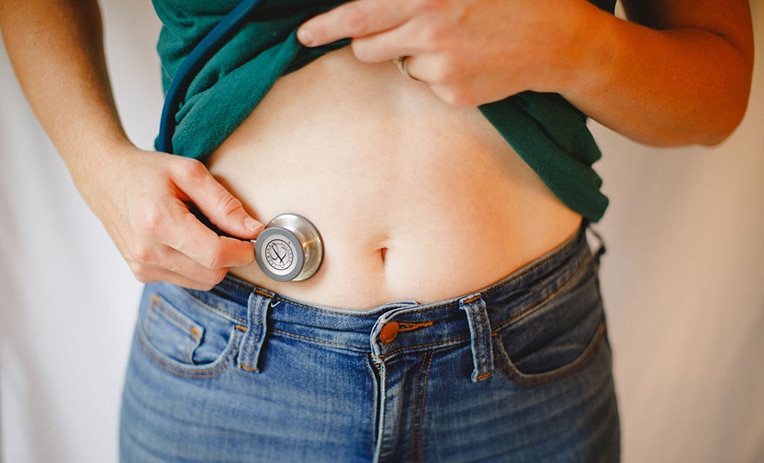Soy has gotten a lot of bad press. People are often terrified of the little legume. For good reasons I suppose, there was that time, roughly the 70s through the 90s when everyone wanted to read Diet for a Small Planet, become a vegetarian and live off of soy. You could have your soy protein smoothy, soy bar for a snack, roasted soy nuts on your soy yogurt, all to top off the day with a just like meat fake meat soy burger. What could be better?
That high intake probably caused some digestive problems, maybe some hormonal imbalances, and perhaps nutritional deficiencies. Mildly stated, it might have been little excessive but just as if you eat anything in an overly processed manner (no overly processed foods are very healthy), at every meal, every day you’re bound to run into issues. Plus, there was some animal research that showed a decrease in fertility in some livestock with consumption of phytoestrogens, although this is not always an issue and humans are not livestock. With the whole complicated estrogen issue, it is easy to see why soy was given the label as a “bad food.” We’ve also seen a lot fo estrogen-related diseases and recently such as men with breast tissue, younger girls going through puberty, estrogen dominance (fibroids, endometriosis, etc.), and of course breast cancer. If estrogen causes all these things and soy has “estrogen” it only makes sense to avoid soy, right?
A WEAKER ESTROGEN
Soy is classified as a phytoestrogen (a plant with estrogen activity), meaning it has compounds that stimulate estrogen receptors. The stimulation of soy on our estrogen receptors is weaker than our body’s estrogen activity and weaker than xenoestrogens (bad estrogens from plastics and other chemicals). Soy is, therefore, an estrogen modulator, here’s how.
Increasing estrogen activity
Example 1. A woman’s body is going through menopause, or a young woman has low levels of hormones after going off of birth control or is training at high activity levels. In both examples, the women have low estrogen levels, and therefore the estrogen receptors are not being stimulated and the woman as such, has symptoms of low estrogen (vaginal dryness, light menses, mood disturbances). Consuming soy in this situation would cause a weak stimulation of the estrogen receptors and might help reduce symptoms in the menopausal woman or improve ovulation in the woman with low estrogen levels. In this case, the presence of soy isoflavones would up-regulating estrogen activity.
Decreasing estrogen activity
Example 2. Picture a woman struggling with extra body weight (fat cells make estrogen), who is exposed to xenoestrogens (working a carpet store and drinking water out of a plastic water bottle). Or a younger woman who eats non-organic dairy 3x per day, suffers from constipation (not removing estrogens regularly with stool), and has a homozygous COMT mutation (can’t detoxify estrogens well). In both of these situations, the women have elevated estrogen levels due to environmental exposure or physiological causes. You might expect that they might have painful periods, trouble losing weight, endometriosis or fibroids. In this situation having soy isoflavones from dietary sources would block estrogen receptors. As soy is occupying the estrogen receptors, it’s blocking the xenoestrogens and the body’s own estrogen (stronger estrogens) thereby decreasing the levels of estrogen activity.
Soy and fertility
It’s common in those struggling with fertility that there is some hormonal imbalance, either their cycles are too short for implantation, ovulation is not happening, or there is no regularity of cycles. Other times there is endometriosis or amenorrhea. Phytoestrogens could help in all of these situations. Soy is sometimes called nature’s clomid. Of course, we don’t want to repeat the mistakes of the 90s and go all out on soy! A balanced approach with soy and other phytoestrogens foods and herbs can help bring more fertility to a woman’s body and support a healthy conception.




